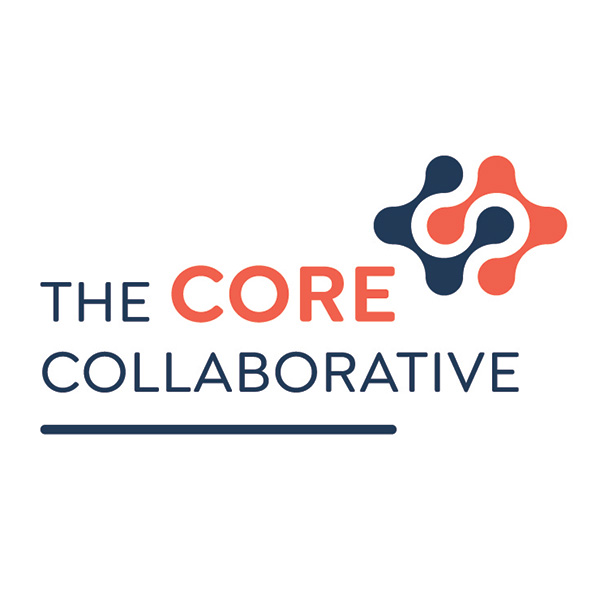One School’s Journey of Building Learner Agency and Dispositional Thinking!
Puzzle of Practice
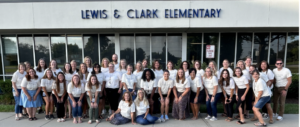
What. A. Team. For the team at Lewis and Clark Elementary, previously known as a PLC School, teachers knew and understood how to move kids forward in their learning (the move from red to green)! This team knew and knows how to answer the 4 PLC questions: “What do we want students to know and be able to do?”, “How will we know if they learn it?”, “How will we respond when some students do not learn?”, and “How will we extend the learning for students who are already proficient?”
Our Wondering: What if we EMPOWER our Trailblazers to own their learning by turning the teacher-driven PLC questions into the student-driven and answer Assessment Capable Questions: “What am I learning?”, “How am I doing?”, and, “Where am I going to next?”.
Due to the amazing talent on our Lewis and Clark (LC) team who works to create meaning and high intentionality in planning, we knew that our students were good learners. As we began learning more about/unpacking what it meant to have learner dispositions, we quickly learned that our Trailblazers knew what it meant to be compliant in learning with a high level of trust in their teachers to give them what they needed.
Our Wondering: What if we create Lewis and Clark Dispositions that we want to build within our students that they will carry with them well past their times at Lewis and Clark?
The Goal:
Learner Agency: As we quickly realized the effect size of the assessment- capable learner, teams chose standards that they wished to strengthen with their Trailblazers:
- Kinder: Writing and Literacy
- 1st: Number Sense and Phonemic Awareness in Reading
- 2nd: How to write an efficient sentence to strengthen the writing process
- Sped/SLP: IEP goals turned to student language for students to self-assess
- 3rd: Fluency with products within 100
- 4th: Fact Fuency & Place Value understanding in multidigit arithmetic.
- 5th: Write, evaluate, and interpret numerical expressions (Order of Operations)
- Specials: Creators, using a singing voice, part of the body, and goal setting.
The first year of our journey, the charge was to pick one low/average/high-performing student and track their journey throughout the year. Teachers asked the same four questions to these three students three times throughout the year. Their responses were used as a way for them to build context around which questions our students could answer and where we needed clarity around which questions our students couldn’t answer. The conversations/reflections in these earlier days were priceless! When we would ask kids, “Where are you going next?”, the answer usually revolved around time and place. One student said, “I think I’m going to the bathroom”, while one student quickly pointed out, “PE!”
LC Dispositions: Through a series of ‘Learning Walks’ we polled our Trailblazers and asked them two pivotal questions: “What do good learners do?” and, “What do good learners do when they get stuck?”. As we asked these questions, we quickly realized that 1) our students were great at pointing out compliance and 2) students learned a great deal on teacher aide/feedback. The students’ answers indicated that most (78.9%) of them thought of learning as being related to behaviors and compliance with very few of them thinking of strategies (1.2%) they might use as a learner, especially when they faced challenges.
After this, our Lewis and Clark Dispositions were created: Connect, Curious, Ownership, Reflect, and Perseverance. These would be explicitly taught along with a created literature list for teachers to use when introducing them at the beginning of the year!
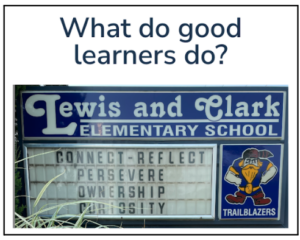
Real World Learning: Worth noting, the Lewis and Clark team highly values building the learning muscles of our students and exposing them to real-world learning and authentic audiences! This helps our students answer the 4th assessment-capable question; “Who’s my audience?”.
Our Wondering: What if, in kindergarten through fifth grade, EVERY student had an opportunity to share their learning with one authentic audience throughout the year?
Our Steps to Success
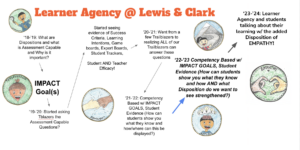
Learner Agency: This DID NOT take long to catch on! The next year, our teachers wanted this to be the language of EVERY student at Lewis and Clark! Teams began to create and ideate an Impact Goal that they wished to strengthen with our students!
From there, teachers took time to build tools and trackers for students to use to help them answer: “What am I learning?”, “How am I doing?”, and “Where am I going next?”. Years 2-5, EVERY student is able to reflect and answer these questions not only within their Impact Goal, but also in various parts of learning throughout their days. This work used to be led and driven by teachers and is now led and driven by students! From kindergarten to 5th grade, students at Lewis and Clark are owning, tracking, and driving their learning!
Dispositional Learning: As part of the first two weeks of school, Lewis and Clark teachers take time to explicitly teach our school’s dispositions and the success criteria that match each disposition. These are branded in our hallways, classrooms, and on the gym wall. They are referred to daily as students reflect through their day and/or when they are stuck in their learning. These dispositions (below) are alive and well at LC!
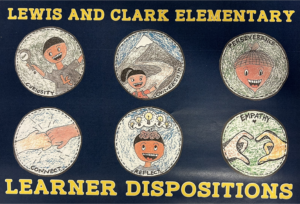
Real World Learning: Each team gets to pick how students will share and who they’ll get to share their learning with (authentic audience). Since this is our norm, many teams find various ways to allow their students this chance more than once throughout the year.
- Kindergarten: Shared Animals and Algorythm’s CODING (Project Lead the Way) to 8th Grade students.
- First Grade: Shared Community PBL to our Local City Hall. Shared Famous Americans/Animal Adaptations to our High School Education Interns.
- Second Grade: Shared their (Project Lead the Way) Seed Dispensers to High School students and shares with LC Buddy Classes. Shared Native American PBL to LC Buddy Classes.
- Third Grade: Shared their learning around a Veterans PBL and a local hygiene Drive PBL. Shared Biographies and Environmental Changes to our High School Education Interns.
- Fourth Grade: Shared pulley systems (Project Lead the Way) to a local food bank center. Shared Titanic Research/writing/presentation at a local library and to High School Students/writers/presenters.
- Fifth Grade: Shared Robotics/Coding to a local engineering firm. Shares authentic interviewing skills with local community members/leaders in preparation for Economics.
- Specials and SPED Teams: Will be showcasing students’ work and growth in the upcoming Spring Showcase!
The Evolution of Lewis and Clark Dispositions: This school year (2023), our team created the disposition of empathy. In order to build on the success they have had, our students needed a disposition to activate when they were stuck collaborating with their peers. We knew empathy was the missing piece for our team. Our students have co-constructed what it means to empathize and this is a skill they will carry with them for the rest of their lives! The image below communicates how LC defines and visually depicts empathy.
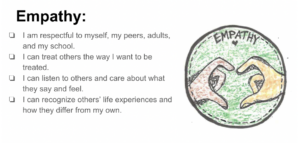
Our Impact
Learner Agency at Lewis and Clark: In contrast to 2019 when we began this journey, learner agency is now ingrained in every aspect of our school culture.
Our school’s mission (below) is aligned to our district’s strategic plan and is supported by these powerful practices. Our team(educators, students, and community) is empowered for the “skill, will, and thrill” of learning!
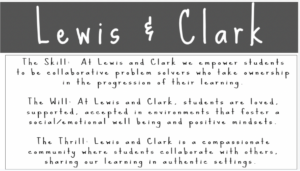
- The skill captures students’ ability to know how to answer the three assessment-capable questions in more areas than just their Impact Goal – but throughout their days/years at Lewis and Clark. This is the language of LC! This is learner agency!
- The will captures the heart of all that we do and the many layers that we connect with our kids. This also captures our newest Lewis and Clark Disposition of empathy and how to treat each other at all times!
- The thrill captures our heart for students to answer the 4th assessment-capable question: “Who is my audience?”. It is our goal for every student to share in front of one authentic audience a year (if not more)! This would allow our students, from kindergarten to the fifth grade, to have 6 authentic audiences and exposures to real-word learning!
As a result of the emphasis on learning dispositions, student thinking has shifted at Lewis and Clark. This shift is exemplified by comparing the pie charts below. In 2023, 55% of Trailblazers identified strategy application as an essential component of being a good learner; whereas this was only 1.2% in 2019. Students now believe that being a good learner means taking ownership of one’s learning by being curious, building connections, preserving through challenges, extending empathy, and reflecting on the formative questions.
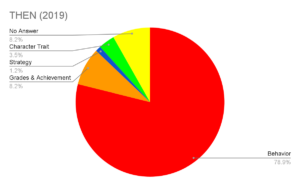
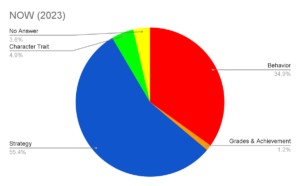
Resources for Impact:
Lewis and Clark Dispositions Library, Success Criteria, and Literature
Video that Highlights our Lewis and Clark Learner Agency Journey


